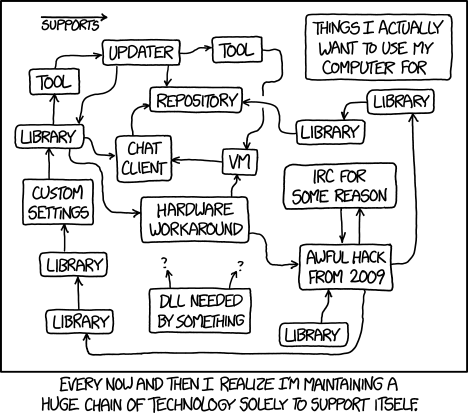(Generated with DALL-E 3 ∙ 30 October 2023 at 1:48 pm) We have some very exciting news to report: the new SureChEMBL is now available! Hooray! What is SureChEMBL, you may ask. Good question! In our portfolio of chemical biology services, alongside our established database of bioactivity data for drug-like molecules ChEMBL , our dictionary of annotated small molecule entities ChEBI , and our compound cross-referencing system UniChem , we also deliver a database of annotated patents! Almost 10 years ago , EMBL-EBI acquired the SureChem system of chemically annotated patents and made this freely accessible in the public domain as SureChEMBL. Since then, our team has continued to maintain and deliver SureChEMBL. However, this has become increasingly challenging due to the complexities of the underlying codebase. We were awarded a Wellcome Trust grant in 2021 to completely overhaul SureChEMBL, with a new UI, backend infrastructure, and new f

Comments